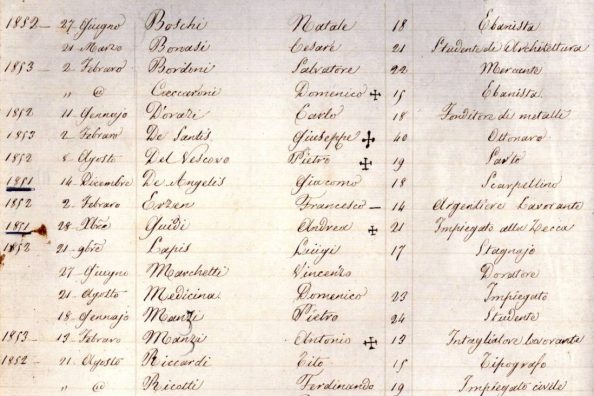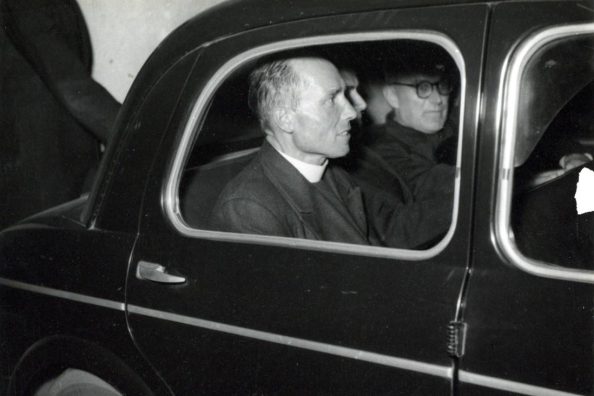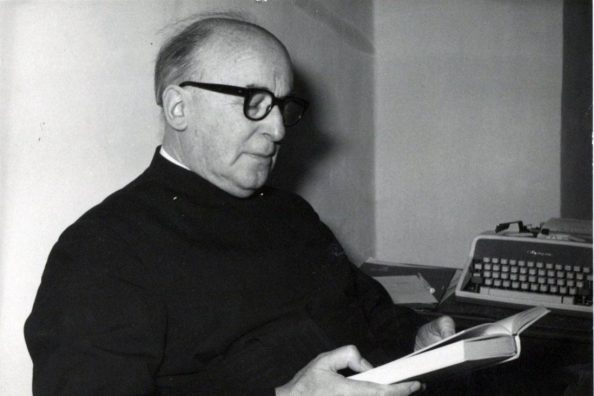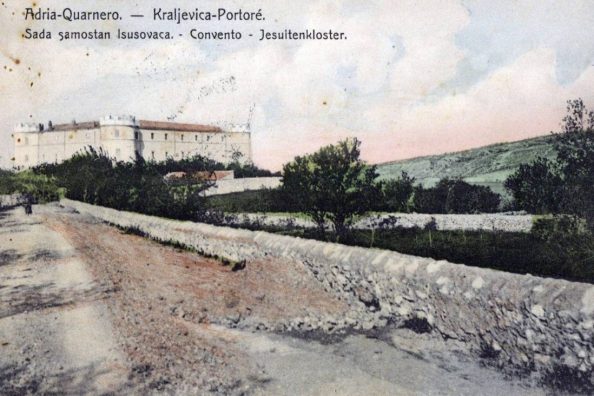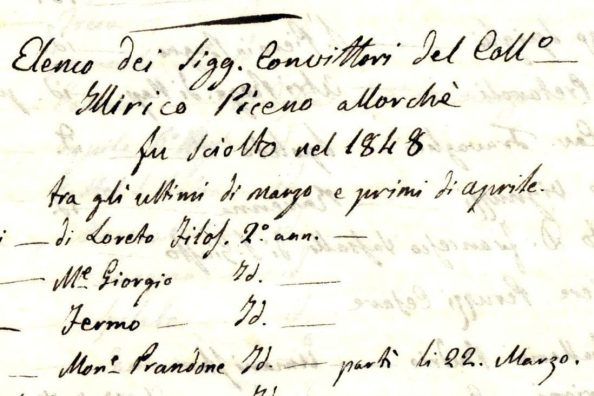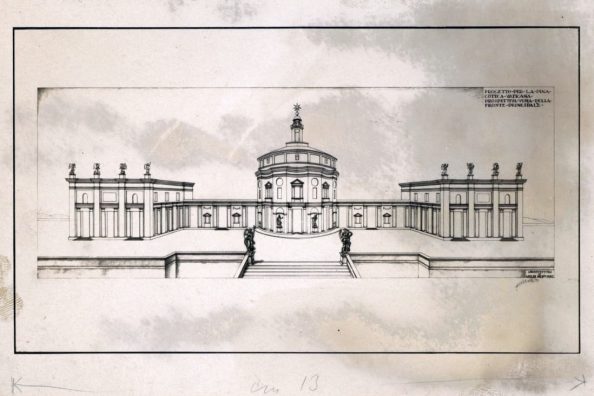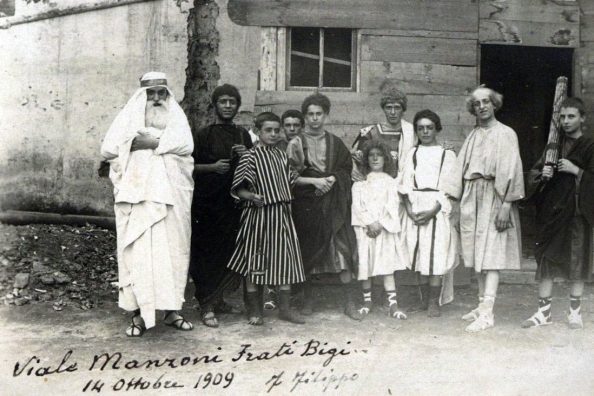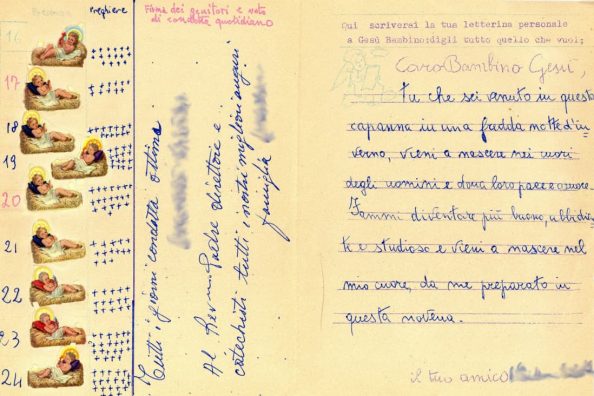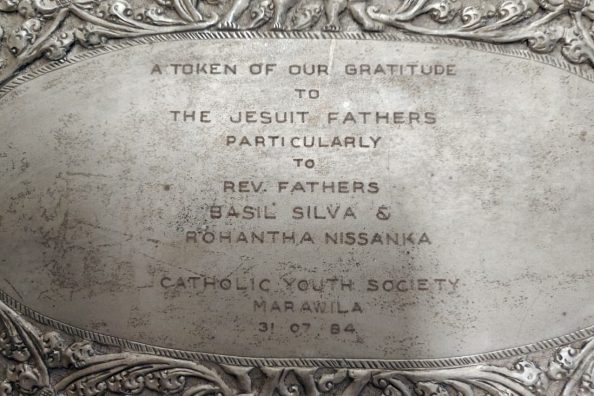Letters written in blood

Let’s talk about some documents in the Historical Archives that seem to have been written in blood, let’s see why and whether this is really the case. Although these cases are quite rare, it can happen to find documents written in blood.
Not only in our archives: in ARSI, the central archive of the Society of Jesus, thousands of indipetae are preserved, the letters with which Jesuits, often novices or still in the formation phase, asked the Fr General for permission to go on missions.
Some of these seem to have been written in blood, testifying to the writer’s willingness to be ready to shed even his own blood for evangelisation, thus embracing martyrdom.
The use of blood instead of ink is not immediately recognisable to the naked eye, it is a light, more discoloured stroke than normal ink, which could, however, be the result of any liquid. That it is blood is told to us by a note, or a description often added later, so it is not certain that it is indeed blood, and that it is of human origin, nor that it belongs to the writer himself. In the photograph accompanying today’s in-depth study we see the act of consecration to the Sacred Heart written by Fr Perazzi, a Jesuit from the Veneto-Milan Province, and the envelope containing it with the note “act of consecration to the Sacred Heart written with blood”, written by another hand, probably in later years. One can barely glimpse, in the document, the part written with blood, being a liquid that remains less imprinted than ink.
To be able to state this with certainty, the only much is to proceed with an analysis of the material, but this inevitably entails the destruction of part of the letter so that the necessary laboratory analyses can be carried out.
For the few cases that have emerged so far, it is not appropriate to proceed in this way, as there is no need to clarify whether it really is human blood.
Despite this, it remains very interesting for our researchers to understand the forms of devotion or adherence to the ideal of martyrdom expressed through the use of one’s own blood.
Obviously these are rather old documents, as in the case of the Indipetae or dating back to the 19th century in any case, such as Fr. Perazzi’s letter, which is dated 1891, no such documents have been found for the 20th century, as it was already a rather limited and disused mode at the end of the 19th century.
Maria Macchi
